
The Fayum portrait is a real miracle in the history of art. Created many centuries ago, he brought to us the “living” images of people in whom, in the era of the romantic perception of Roman-Egyptian art, the faces of the children of the Egyptian royal house of Ptolemies were seen.
The portraits got their name from the Fayum region, located on the eastern outskirts of the Libyan desert, which in ancient times was inhabited by Egyptians. The Fayum portraits were discovered in 1615 by Pietro della Balle in one of the graves and sent to Europe as exotic wonders. They were exhibited in the Kunstkamera, and they amazed the audience. In 1887, the Egyptian Austrian explorer Theodor Graff made a large collection of portraits, buying them from thieves who ravaged ancient tombs.
After the publication of data on the collection in the monograph of the German Egyptologist Moritz Ebers in 1888, the Fayum portrait entered the world history of art. Unknown artists Fayuma painted portraits from life with wax paints, which gives an unusual effect of three-dimensional image. These portraits were laid on the face of a person after death and fastened with funeral wrappings in which embalmed bodies were wrapped. The collections of the Fayum portraits are kept in many museums around the world, including in Moscow in the Pushkin Museum of Fine Arts. A. S. Pushkin.
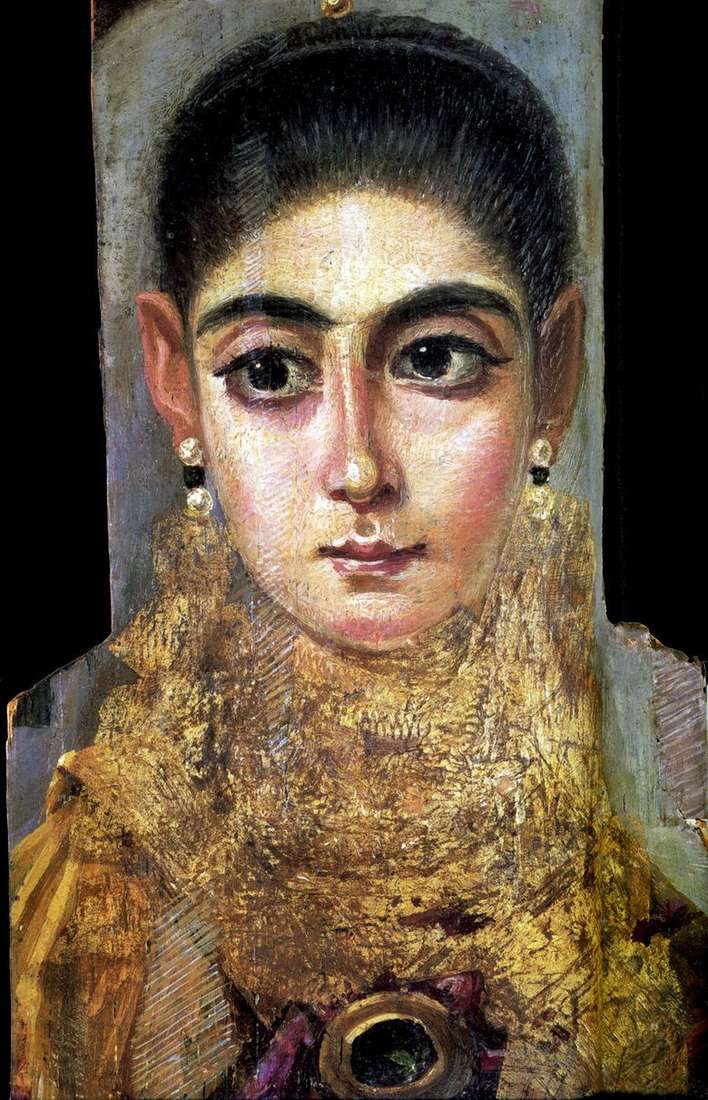 Retrato de una joven – Retrato de Fayum
Retrato de una joven – Retrato de Fayum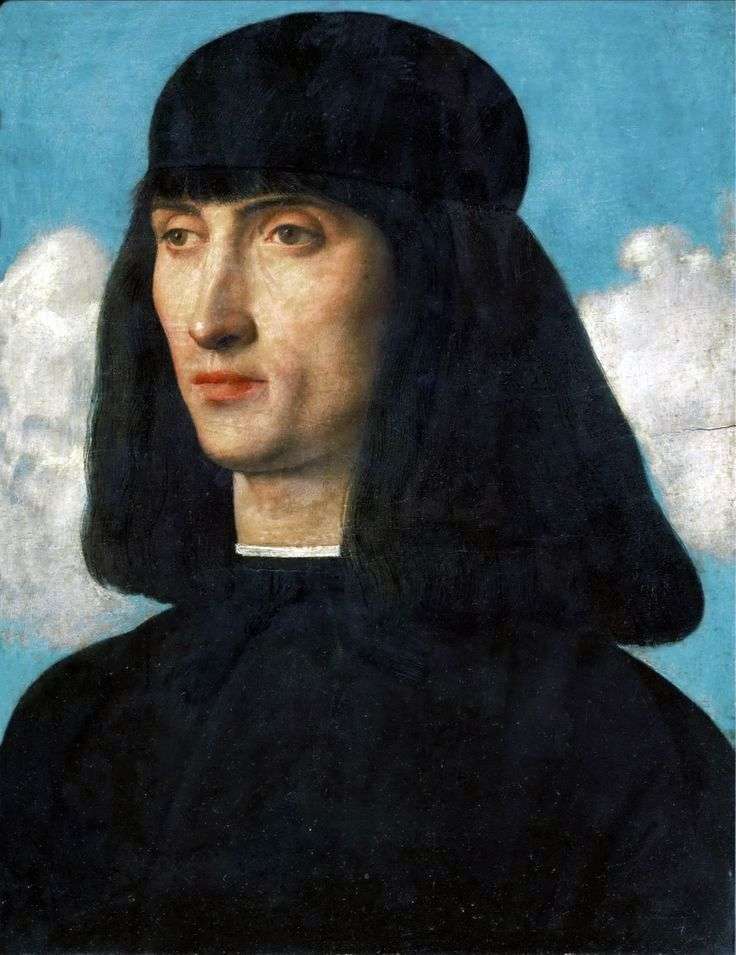 Portrait of a young man by Giovanni Bellini
Portrait of a young man by Giovanni Bellini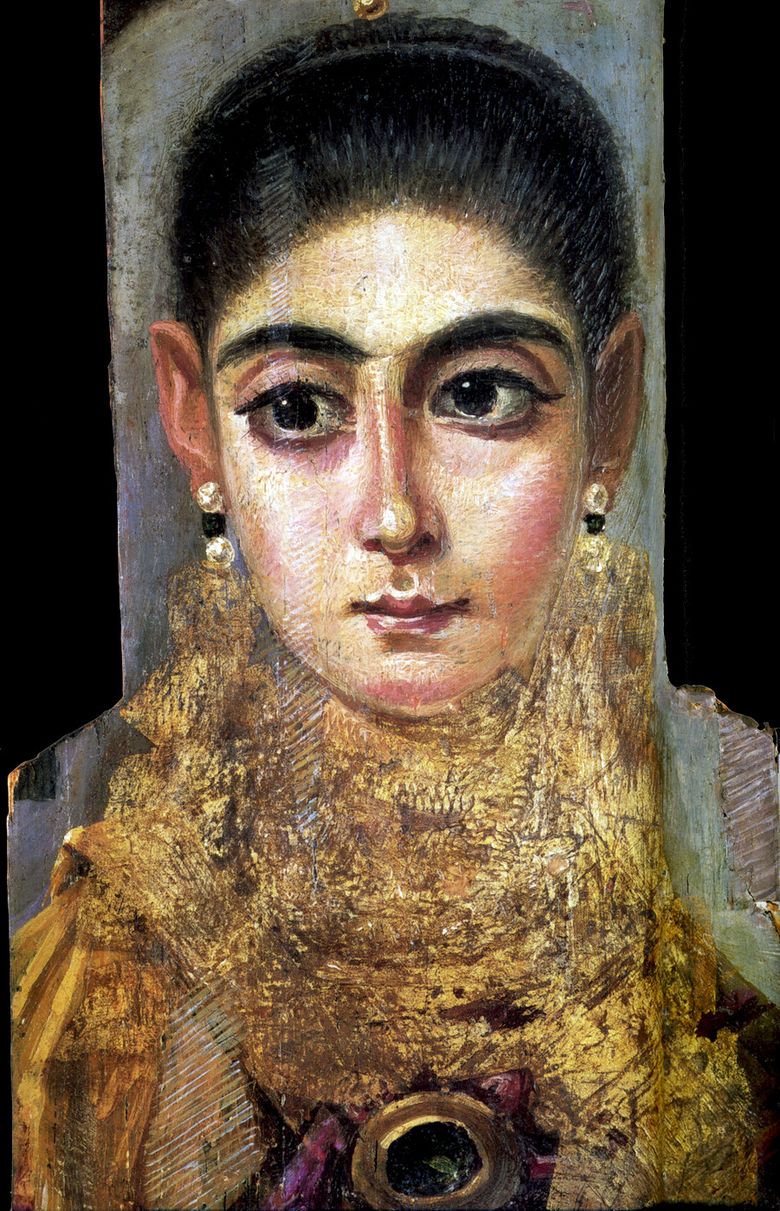 Portrait d’une jeune femme – Portrait de Fayumsky
Portrait d’une jeune femme – Portrait de Fayumsky Portrait of a Lady by Alessandro Allori
Portrait of a Lady by Alessandro Allori Portrait of a Lady in the Image of the Muse of Science by Jean Honoré Fragonard
Portrait of a Lady in the Image of the Muse of Science by Jean Honoré Fragonard Portrait of a young man by Titian Vecellio
Portrait of a young man by Titian Vecellio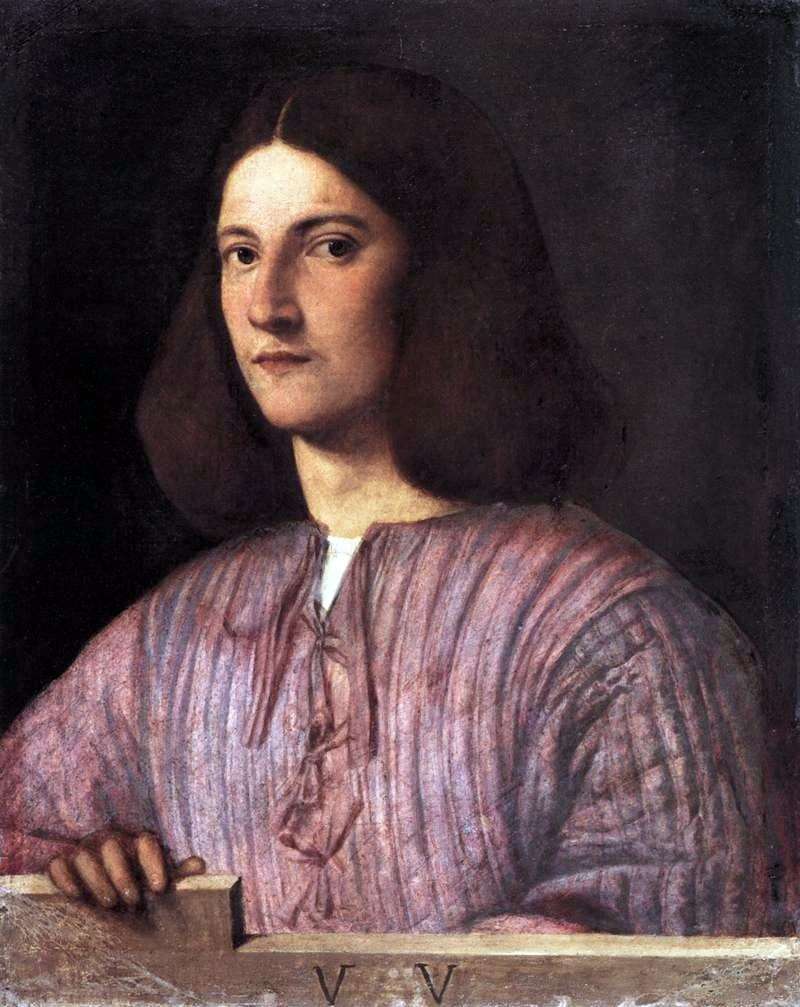 Portrait of a young man by Giorgione
Portrait of a young man by Giorgione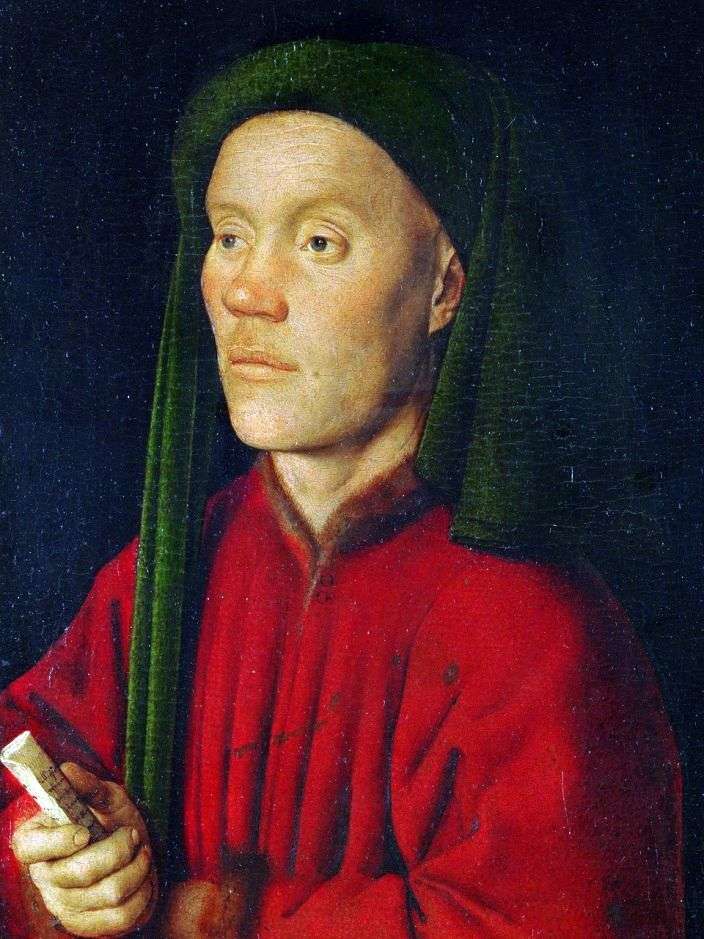 Portrait of a young man (Timothy) by Jan van Eyck
Portrait of a young man (Timothy) by Jan van Eyck